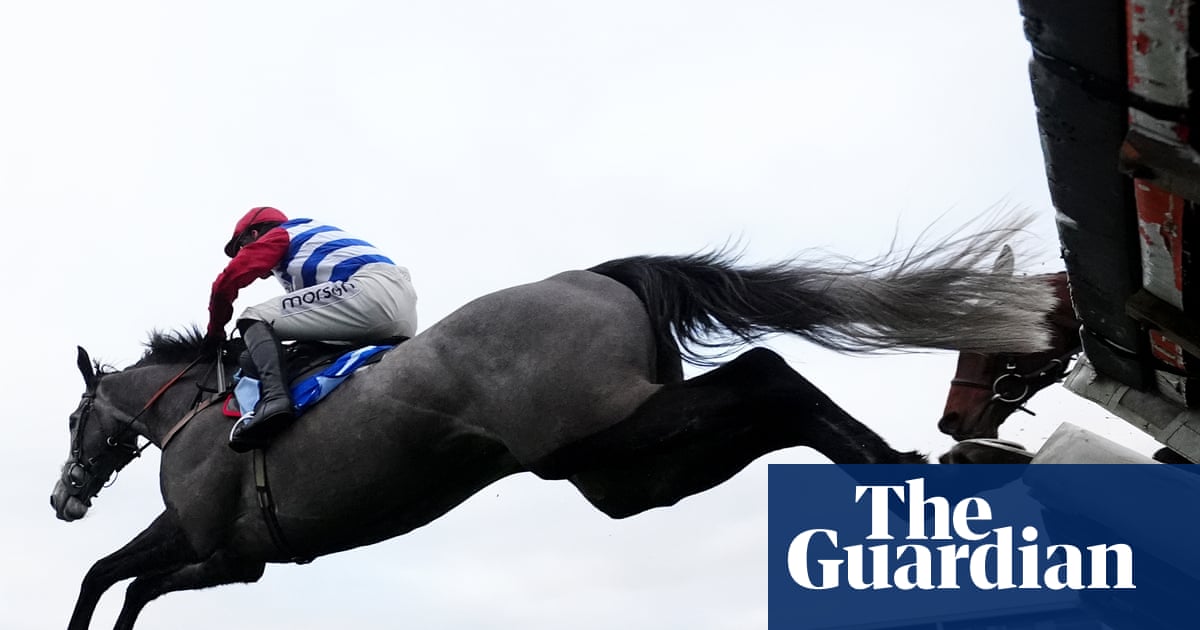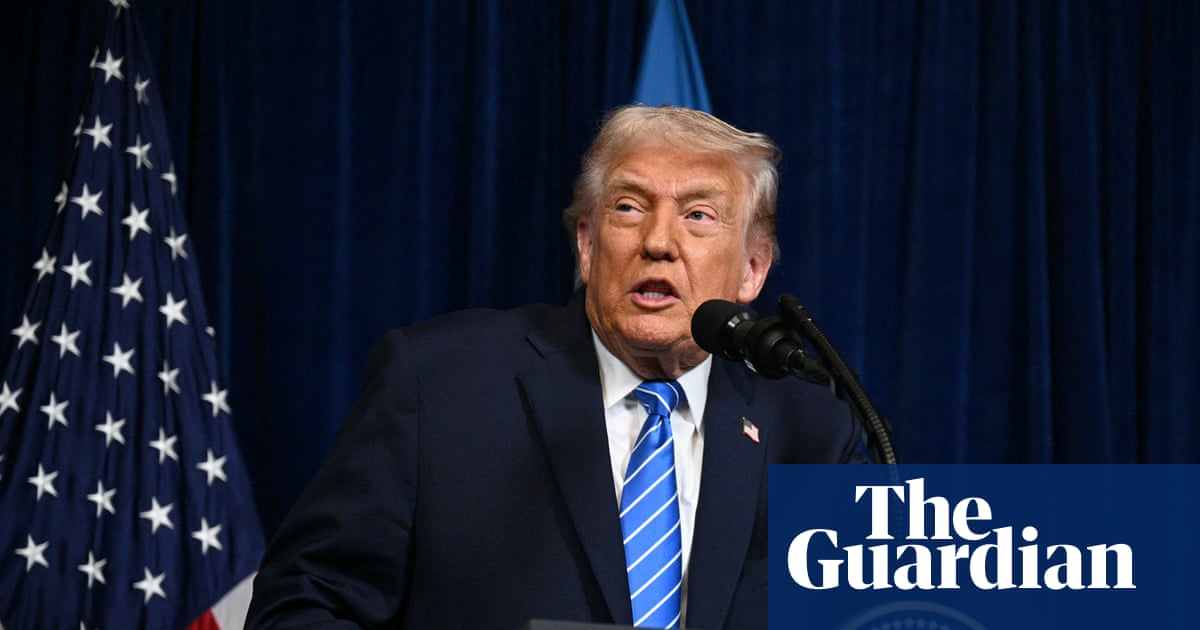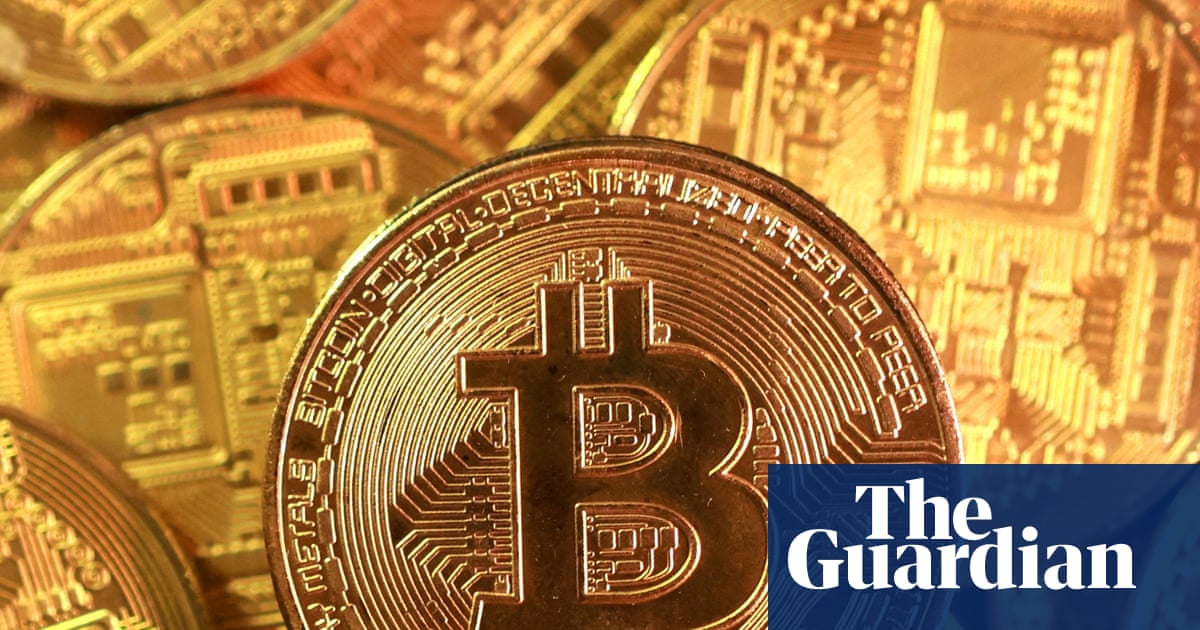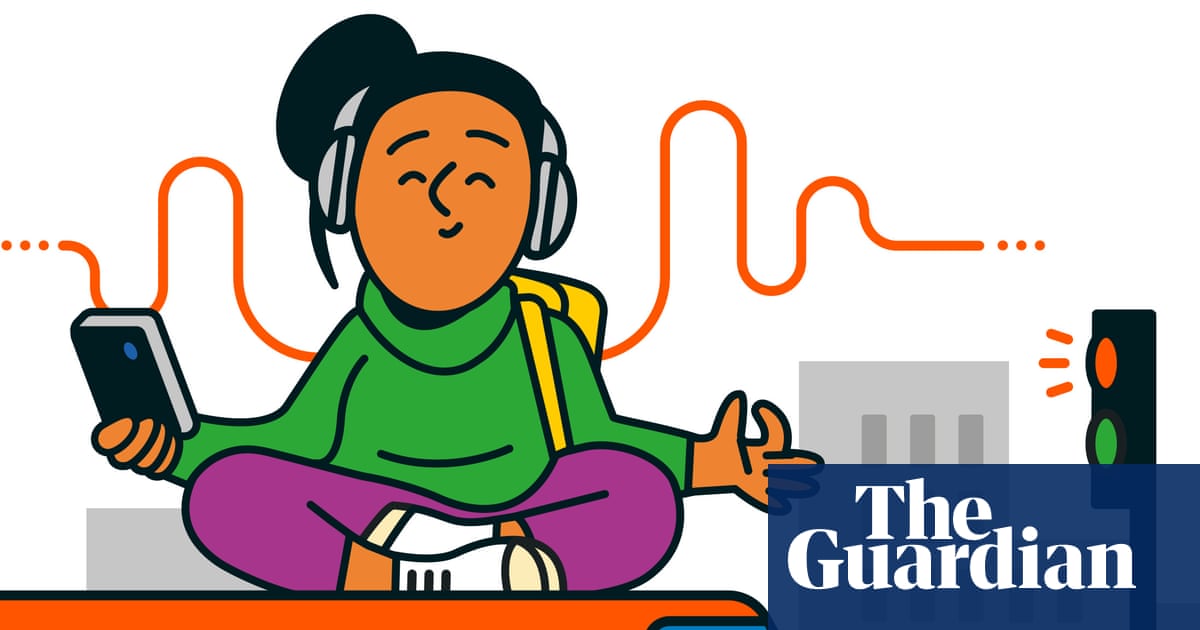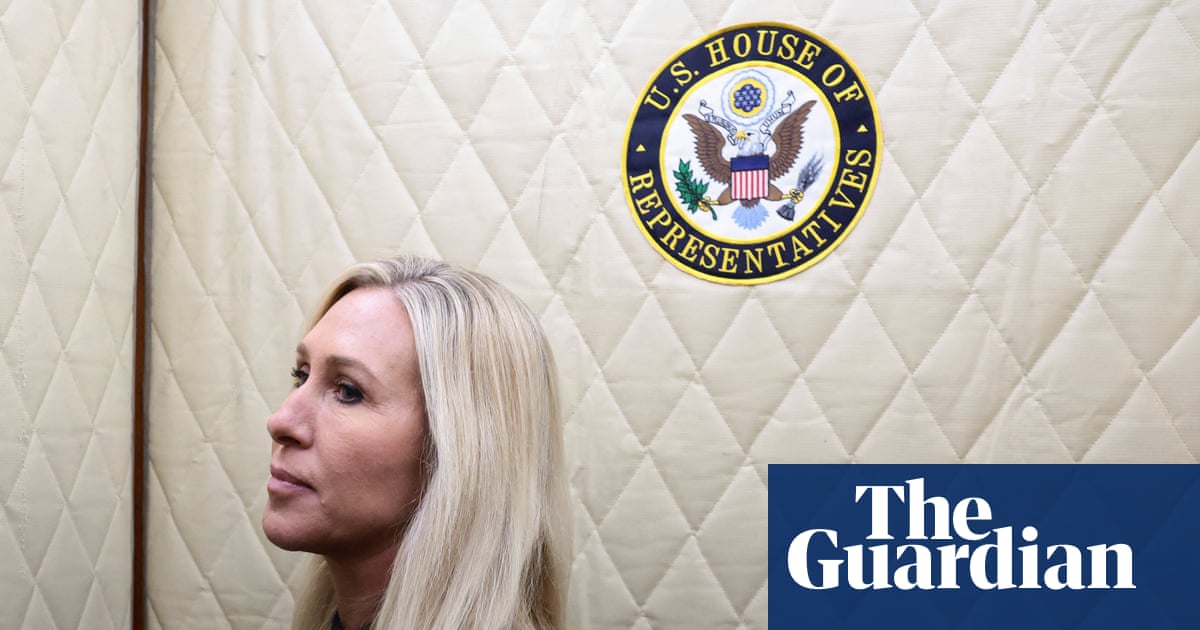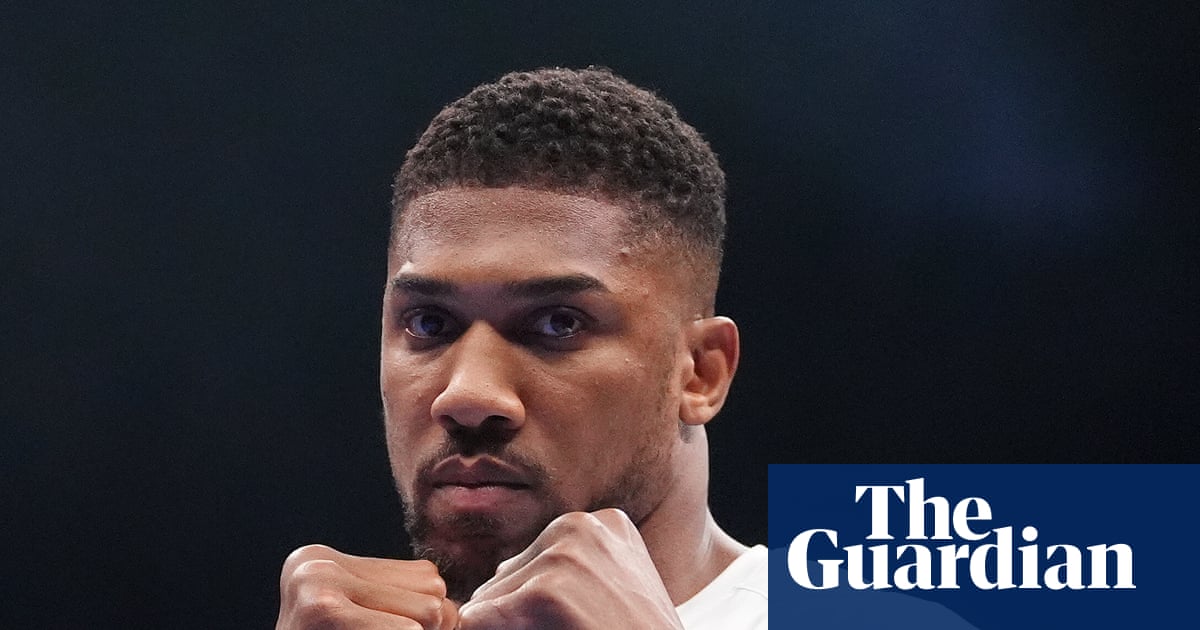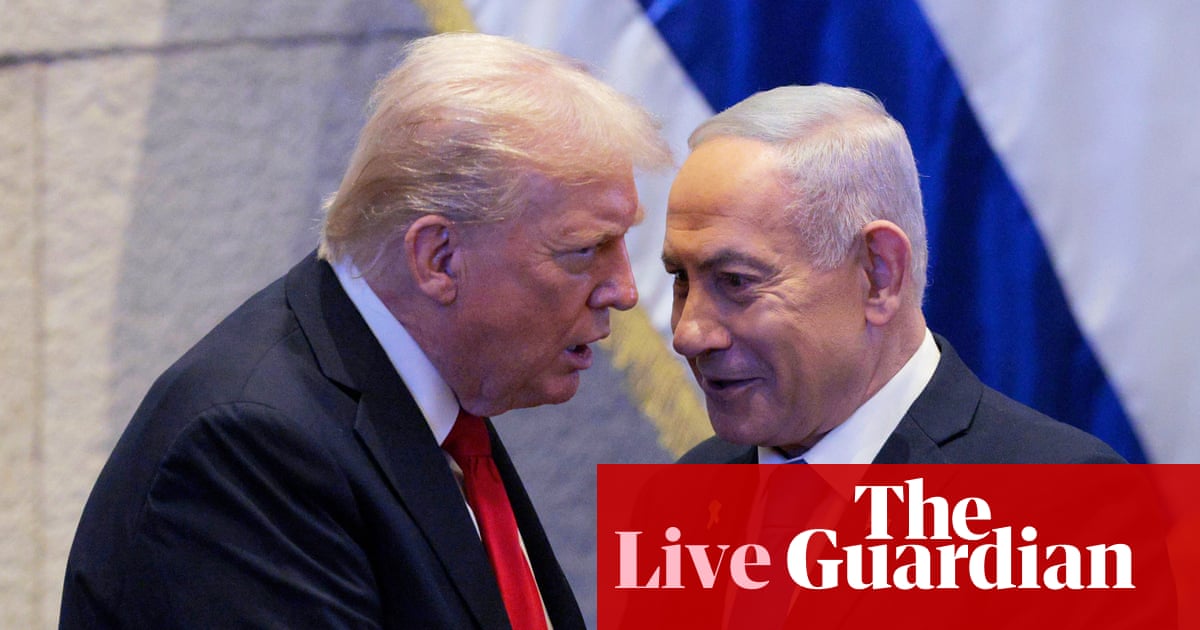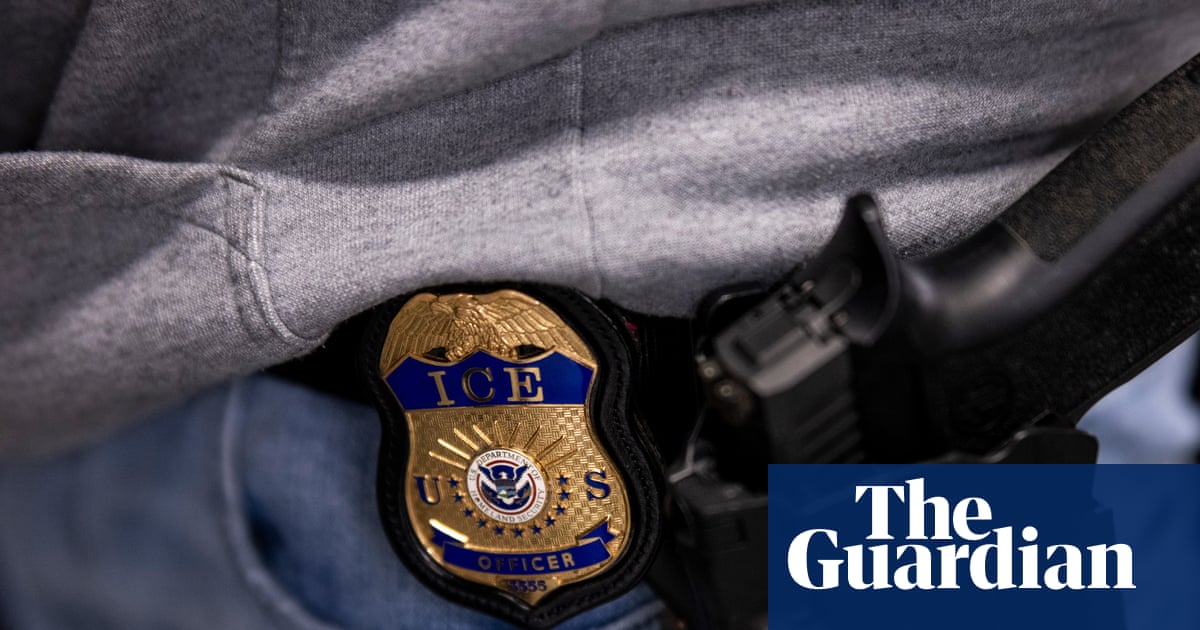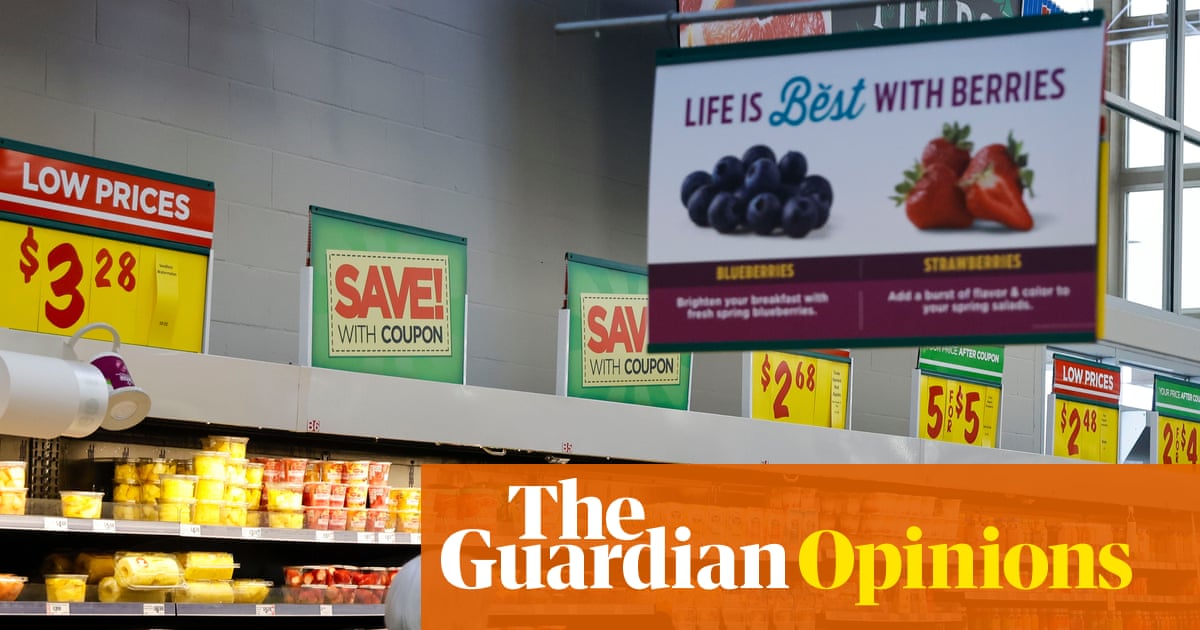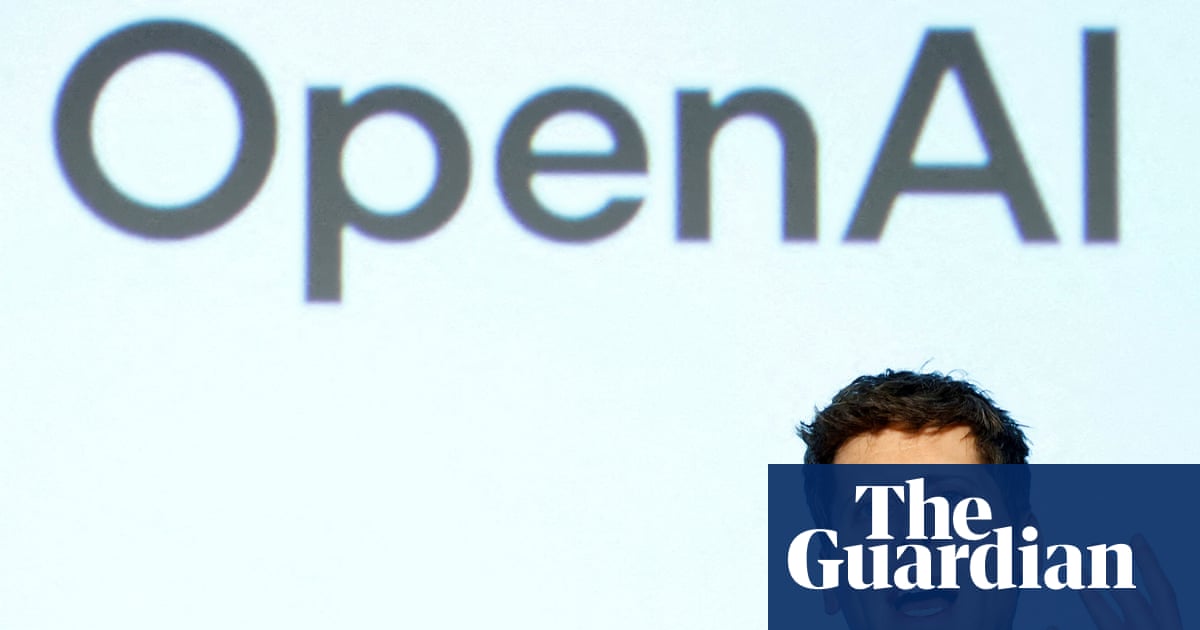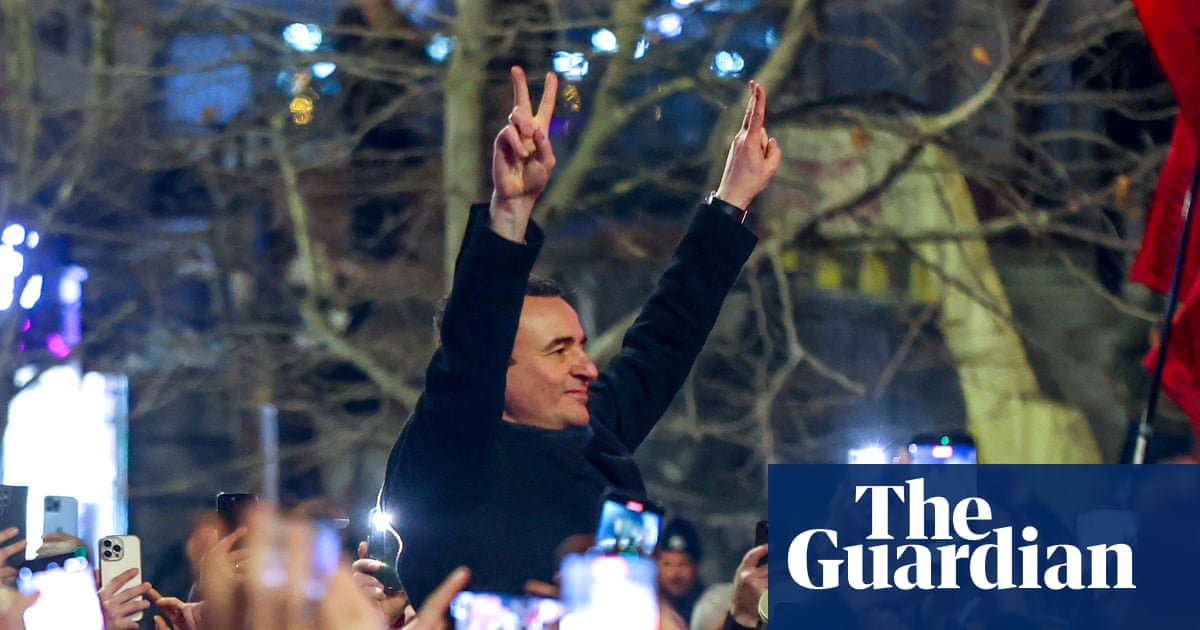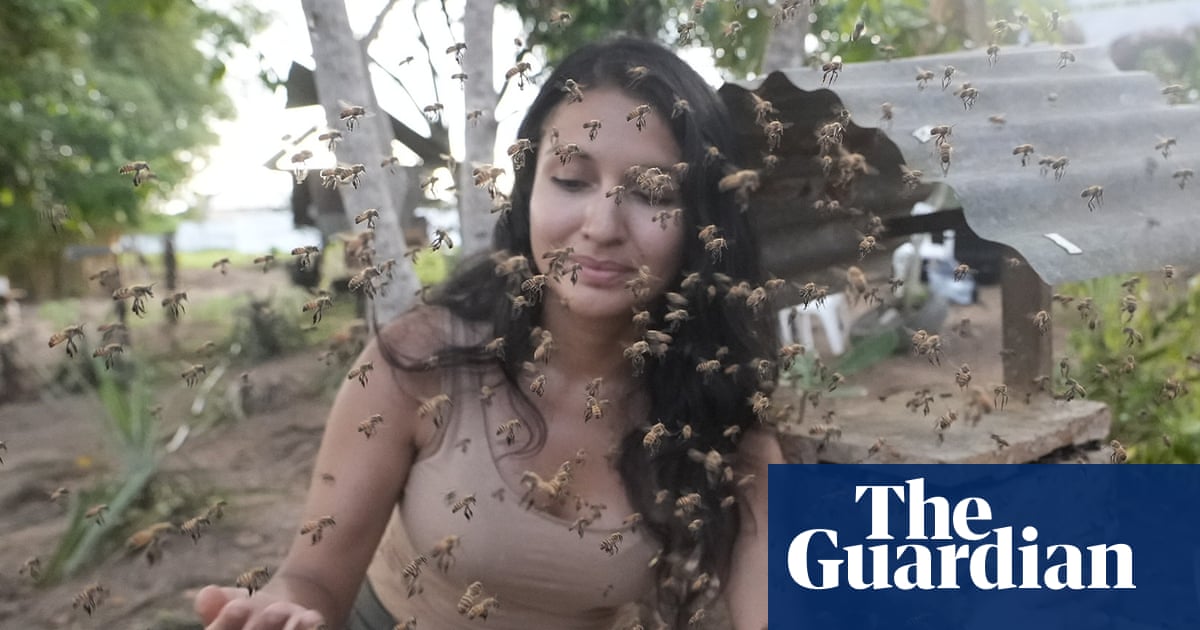Jessica, 25, was working a shift at Sephora when a little girl who looked about 10 ran up to one of her colleagues, crying. “Her skin was burning,” Jessica said, “it was tomato red. She had been running around, putting every acid you can think of on the palm of her hand, then all over her face. One of our estheticians had to tend to her skin. Her parents were nowhere to be seen.”
Former Sephora employee KM, 25, has her war stories too. Like the day a woman was caught shoplifting and told the security guard “she was trying to steal because her kid was getting bullied because she didn’t have a Dior lip gloss. [The mom] couldn’t afford it but her daughter told her she is going to get made fun of at school.”
Gaby, 26, worked for Sephora for three years during which time, she said ruefully: “I witnessed so much.” One parent asked Gaby whether her tween “should get a retinol and start preventing anti-ageing now”.
Another mother asked Gaby to contour her daughter’s nose to make it look smaller. “When the mom walked away I was like, ‘Your nose is beautiful, by the way.’ It’s not my place to step in and say that, but I really felt like I had to.”
The phenomenon of “Sephora kids” – a catch-all phrase for the intense attachment between preteen children, high-end beauty stores and the expensive, sometimes harsh, products that are sold within them – is now well established. In the first half of last year, a third of “prestige” beauty sales were driven by households with tweens and teens, according to the market research firm Circana. The same year, according to Statista, LVMH-owned Sephora racked up around $9bn in US sales, while competitor Ulta Beauty reported sales of $11.3bn.
The trend is driven by skincare content produced by beauty influencers – many of whom are tweens and teens themselves. The videos they post put kids’ sensitive skin at “significant dermatological risk”, according to the first peer-reviewed study on the phenomenon, published in June by Northwestern University. Its analysis found that skincare routines posted by teens and tweens on TikTok contained an average of 11 potentially irritating active ingredients per routine, which risked causing acute reactions and triggering lifelong allergies.
Sephora has tried to distance itself from the trend (“we do not market to this audience,” said Artemis Patrick, president and CEO of Sephora North America, in a recent Fortune interview). Being seen to sell anti-ageing products to children is not a good look. Last year, the skincare brand Drunk Elephant became intrinsically linked with the trend, when its brightly packaged creams became a status symbol for tweenage kids, some of whom reported skin reactions to harsh ingredients. It recently reported a 65% decline in sales, which most analysts pegged to the brand losing touch with the adult customers it had been designed for.
Despite this, the situation has dug its neon-pink nails in this summer, according to a selection of current and former Sephora workers the Guardian spoke to. Every single one of these young women expressed concern about what they have witnessed on the shop floor.
Summer is peak time for Sephora kids: school is out and third spaces are notoriously scarce. The high-shine environment of the beauty store – brightly lit, soundtracked by loud music, full of lotions and tubs in vivid hues – can feel like a magnet for children.

Toddlers run around unsupervised, wreaking havoc with displays, knocking down banners or filling shopping baskets to the brim with testers while their parents were elsewhere in the store, according to the workers I spoke to. Or parents were pacifying kids with “a full-blast YouTube video”, said KM, who calls her store’s tiniest inhabitants “free range kids”.
Kennedy works in a Sephora concession within a Kohl’s department store right across from the junior’s clothing section and believes that “cross traffic is very intentional,” she said. Kids stream in all day. “Parents will drop their kids in Sephora and then wander the rest of Kohl’s, and I won’t see them until checkout.” At that point, she said, some parents will materialize, often without looking at the specific products their child wants. “I had that happen with a dad recently. He was on his phone the whole time, swiped his card for $200 not even thinking about it.”
Workers I spoke to also said they had tried to dissuade younger kids from buying harsh products from brands designed for more mature skin.
Sometimes, even with a parent present, the advice is not always heeded, said Gaby. “They’re just like, ‘Well, my daughter really wants this, can you just grab it?’” said Jessica, a former Sephora worker. “I remember one circumstance where a kid who looked about nine wanted to buy a lot of Drunk Elephant products: the retinol, the glycolic acid.” When Jessica warned one mother that the products were too harsh for her child’s skin, she responded: “Well, we just saw it on TikTok,” and “ended up buying everything”.
When parents do listen, there are sometimes tense exchanges in store. From tweenagers pleading: “But I saw this online, it’s supposed to be good!” said KM, to “little kid type tantrums. You know: ‘I want a lip gloss!’ And the mom’s like, ‘You’re six, you don’t need a lip gloss!’”
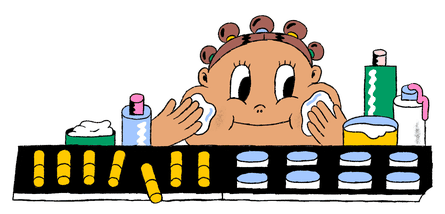
All the workers were sure that many of these products were going unused. Once a beauty product is opened and sits on a shelf for a while, it goes bad, points out KM: “It’s just landfill.” Overconsumption has been a concern.
Shoplifting – or “shrink” in store parlance – is also a big issue. “I find so many empty boxes of product at work all the time,” said Gaby. There was a “whole trend of ‘borrowing’ on TikTok”, said Erica, 28, referring to a euphemism for shoplifting she believes has contributed to some kids getting very adept at the practice.
It is common for kids to use their parents’ credit cards. “They bring out those silver American Express cards, the ones that are metal. And I’m like, ‘That’s definitely not yours,’” said Gaby. Erica said she has seen little girls who look around eight say casually to their parents: “‘I want to get this. Let me just use your card.’”
This behavior has tied into an overall impression of preteen children behaving like little adults. Kennedy described it as as a “weird entitlement”. Kids might come in on their phone, holding a Starbucks cup almost as big as they are. She said she has heard preteen girls say phrases like, “I’m going to have to start anti-ageing soon.” They are almost always joking, she said, yet “even if it’s said in jest, it is strange. They want to act mature and have the grownup experience of shopping at Sephora, but there is also this deep seated societal fear of anti-ageing permeating the mind of a 10-year-old.”
For Joy, a 25-year-old Sephora worker, the trend is “all about appearance”. The visual landscape of social media is “a lot of pressure” for girls, she said: “Celebrities and influencers in their 50s still look like they are my age,” and kids notice that. “Little do they know, it’s probably a doctor involved.”
Erica said baby-faced preteens sometimes approach her in store saying things like, “‘Do you think I have pores?’ They see everything with filters. They don’t really know what real skin looks like.”
Dr Meghan Owenz, a clinical associate professor at Florida International University and therapist specializing in parenting and anxiety, said that it is normal for preteen girls to start caring about personal hygiene at their age. The pressures, however, have shifted for their generation, as they figure out how to deal with questions like: “‘What’s everybody else doing – and how do I fit in there?’ If we insert social media at that time then they’re flooded with this information.”
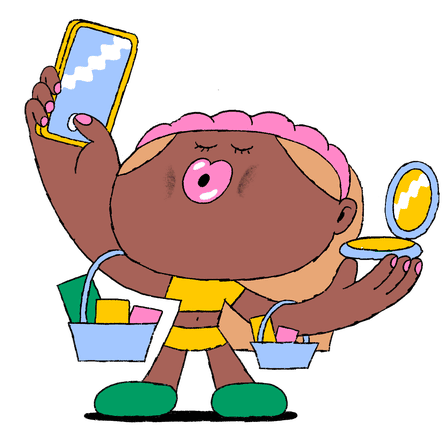
Children cultivating a sense of belonging through products – whether sneakers or Beanie Babies or Pokémon cards – is nothing new. Yet generation Alpha, those born after 2010, is facing a unprecedent amount of marketing messages for years: 43% of gen Alpha in the US had tablets before the age of six and 58% received their first iPhone by age 10, according to one survey. US government research from 2023 described social media use as “nearly universal” at 95% use for those age 13 to 17 and nearly 40% for those age eight to 12 (despite the age limit being set at 13 for many platforms). These are platforms on which the boundary between paid advertising and impartial content is blurred to the point of non-existence, particularly in the world of beauty influencers.
KM has begun to notice an eerie Invasion of the Body Snatchers language among tiny customers who talk in influencer-ese: “I’m here for my back-to-school glow,” or “I’m here for my back-to-school lip balm,” they might say. Or they just “repeat the actual product name over and over again, like they saw someone promote it but they have no idea what it actually does”.
Owenz believes the inundation of paid influencers who “talk about ‘my skincare routine’ and ‘get ready with me,’” leads to children mimicking their behavior as a “developmentally appropriately … way to fit in”. Owenz added: “The problem is for girls is that they cannot possibly live up to what they see on social media financially, physically or otherwise.”
“It has gotten harder to say no, because there’s so much advertising to our kids all the time,” Owenz added. “Kids are experiencing a tremendous amount of pressure – and they’re going to pressure their parents more.”
It remains the case, she said, that it is the parent’s job to “discern what’s appropriate for them and say: ‘No, it’s not appropriate. Here’s the reason.’”
But California assemblymember Alex Lee believes putting the onus should not solely be on parents, in part because beauty companies are not obligated to feature clear labels or warning – only very long lists of ingredients. “Your average parent is not a pediatric dermatologist,” he said. Lee has twice tried to introduce a bill stopping stores from selling products containing ingredients such as retinol and glycolic acid to kids under 18. The Personal Care Product Council – which represents the interests of the beauty industry – lobbied against the bills, which have both failed to pass. In Lee’s view, the industry is unwilling to do anything to disrupt its relationship with children it believes will be customers for life.
Many of the workers I spoke to believed that many beauty brands stocked by Sephora had started targeting this customer base, whether or not they would admit it. Kennedy has noticed shifts: brands suddenly redesigning packaging to be more colorful, adding tween-friendly products such as lip oils and blushes to skincare lines initially intended for more mature skin. Some brands encourage a collection mindset, said Gaby. “They will come out with a limited-edition matcha-flavored lip balm, or iced coffee, or pink guava – and [the kids] have to have the next new scent, even though they already have six of the same product.”
Sephora, Ulta and Drunk Elephant did not respond to the Guardian’s requests for comment for this story. Generally though, the skincare industry’s response has been to launch more product ranges specifically designed for very young skin. Many walk a line between palatable messages for parents and social media-influenced and marketing strategies – such as drumming fingernails on closeup shots of bottles – aimed at preteens.
The trend rolls on: children have been hosting birthday parties within some Sephora and Ulta stores on an ad-hoc basis for some time, but last month Ulta made it official with the launch of a $42-per-guest birthday party package, offering “75 – 90 minutes of beauty fun” using “healthy, gentle” products formulated “with tweens and teens in mind”. As if to underline the sense that such initiatives are about grooming – in more than one sense – on their big day, the “guest of honor” will be gifted the opportunity to spend yet more money with the brand, receiving a 20% off coupon to use when they return for their next shopping trip.

Some names have been changed to protect the identities of current Sephora employees.
Illustrations by Min Heo

 3 months ago
57
3 months ago
57


